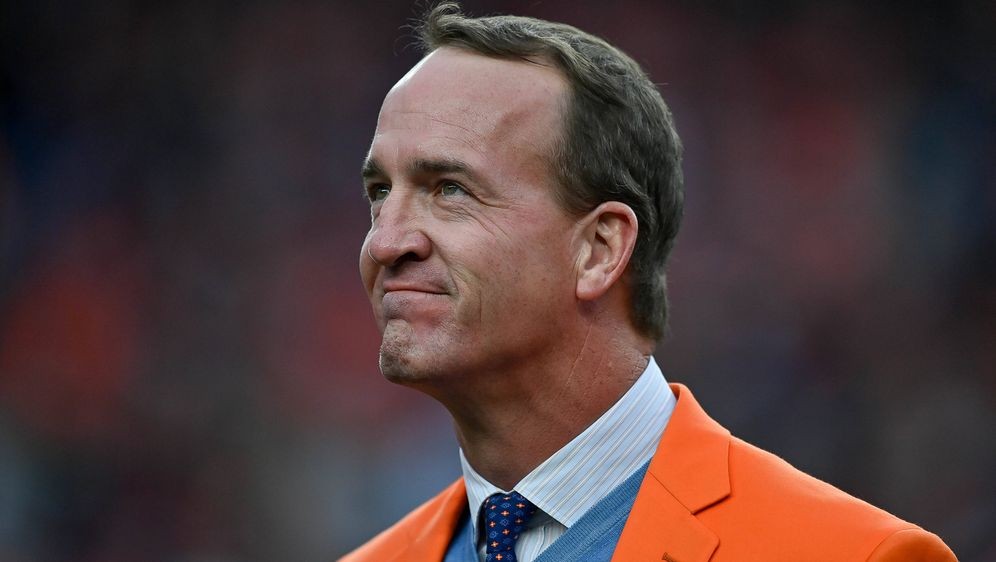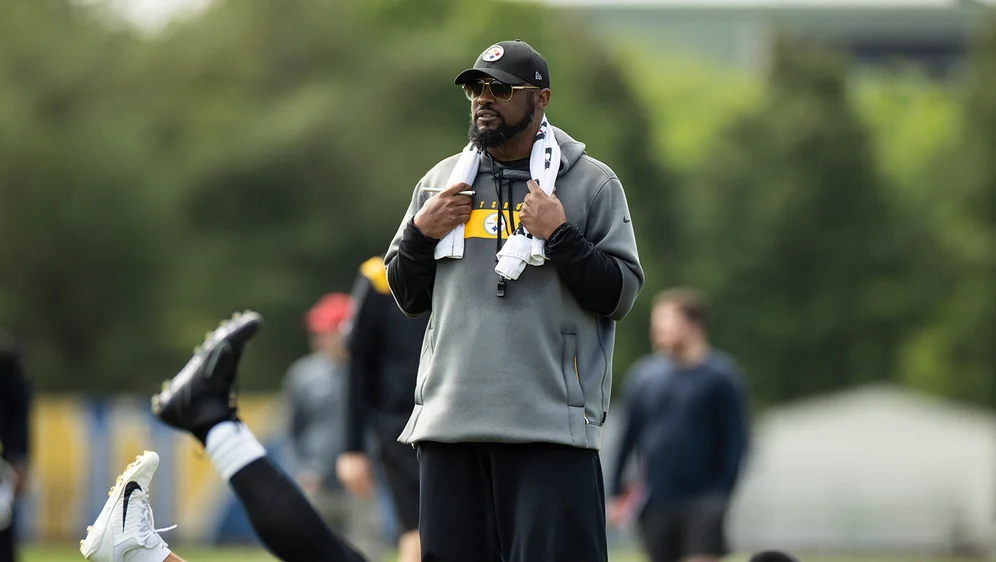Quarterback Russell Wilson is supposed to lead the Denver Broncos back to their old strength. Together with the new head coach, Nathaniel Hackett, the offence is to be raised to a higher level. Can this work?
Munich – “Broncos Country, let’s ride,” Russell Wilson heralded his time with the Denver Broncos in a video message. A ride with Wilson in the saddle, reviving the Broncos’ Super Bowl hopes. The talented quarterback, come for big money and resources from Seattle, to lead the Broncos to the promised land.
But also a ride that may well hold hurdles, bumps along the way. The 33-year-old quarterback is characterised by a unique style of play. A free spirit, however, that new head coach Nathaniel Hackett is expected to capture a bit – and must capture to have long-term success.
Russell Wilson: His strengths
Because Wilson lacked consistency the past two seasons. Wilson consistently duped defenses with vertical passing towards the sideline. Last season, for example, he collected nine touchdowns and only two interceptions on passes that traveled 10 yards through the air and landed outside the numbers.
Add to that his ability to extend plays with his mobility. Time and time again, he breaks out of the structure of the play, creating yards on his own and making the plays that appear in every season review.
But defenses were starting to catch on to him, the old tricks were being exposed. Against Wilson, defenses increasingly relied on two deep safeties instead of just shutting down one. This made the windows in the vertical passing game smaller, the sidelines of the field better covered.
Wilson could no longer score touchdowns in two or three plays, but was required to “march slowly down the field”. And got out of step in the process.
Russell Wilson: The trouble spot
Defensive backs often defend more passively in these formations, allowing more “easy yards”, for example, in the run game or via the passing game through the middle. And yet the Seahawks and Wilson found only isolated answers.
Because Wilson almost chronically avoids the short passing game (compared to the rest of the league), especially over the middle of the field. Only a third of Wilson’s passes last season were “between the numbers”, i.e. through the middle. The Seahawks’ running game also failed to shine for long stretches.
Under Hackett’s direction and with the Broncos, that should change.
With Packers offense to success?
“We want him to get rid of the ball quickly. Every play has an intention and he has to know that. That way we want to avoid mistakes and protect him,” Hackett is quoted as saying on the team website.
Hackett, who has screwed with the Packers’ offence in recent years, relied on a variable short passing game with occasional vertical elements in Green Bay. Aaron Rodgers threw for an average of 2.6 seconds last season, one of the lowest rates in the league. He often served pre-determined face-off spots, so he didn’t have to improvise outside the play.
The Packers always managed to put their playmakers in advantageous situations. For example, through motion or formations that put a Davante Adams in 1-on-1 duels.
The Packers also used the middle of the field mercilessly efficiently and frequently. In this area of the field, Rodgers threw 17 touchdowns, only two interceptions and had a completion percentage beyond 75 percent.
Wilson in the “Hackett Offense”: Can it work?
Of course Rodgers’ individual quality played a significant part in this statistical feat, but the scheme allowed him to play efficient and largely mistake-free football.
For Hackett, however, it’s also clear that he doesn’t want to limit Wilson: “We both contribute to the success of the offence. He always has me on his ear, but he’s also free to decide in certain situations which play he’d like to run,” he said at a press conference during training camp.






Comments
No Comments